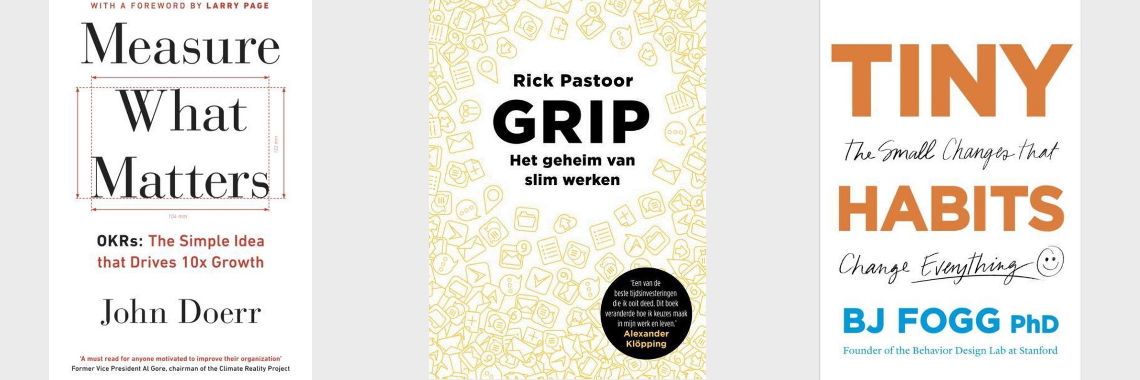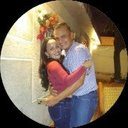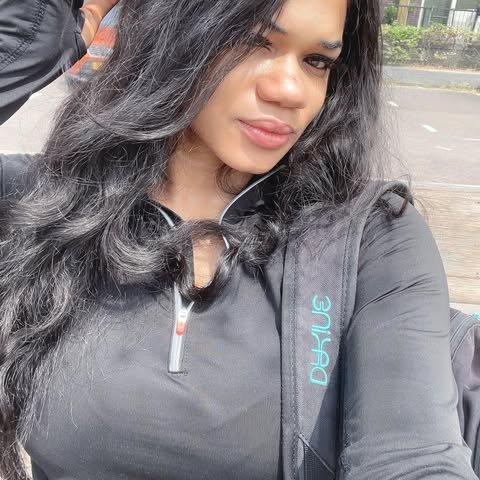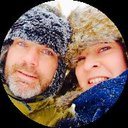
Three methods to work smarter
For three years, I choose a good book every summer on the theme of 'work'. Because it is not easy to combine my — by the way wonderful — family with two part-time jobs as predecessor for the Stadshartkerk and freelance-programmer for Gresign. It's a miracle if I can still enjoy some free time. In the relative tranquility of the summer, I try to learn a bit about working well. How do you get to the things that really matter? What are you doing with the big workload? And is the work done?
Well, read through, because I'm going to explain to you three popular methods and I'll share how I combine them. I don't really believe in one approach, so you get a three-in-one combination. This allows you — like me — to work smarter, better and more effectively than ever before!
OKR
In the summer of 2018 I got acquainted with OKR for the first time in a business project. I got the book ' Measure what matters. OKRs — the Simple Idea That Drives 10x Growth' by John Doerr recommended. OKR stands for Objective Key Result. An objective is simply WHAT needs to be achieved. Objectives are important, concrete, action-oriented and preferably inspiring. 'Key results', on the other hand, monitor HOW the objectives are met. Effective key results are specific, time-bound, aggressive-realistic, measurable and verifiable. 'Objectives' are the dot on the horizon that you do not just achieve, 'key results' are more on the ground and are easy to tap. For me, OKR is a nice framework for setting goals (that is already an art in itself). Next, with 'key results' you can devise the actions that will help you achieve those goals.Finally, two more things I don't want to remember: OKR is scalable across different levels in an organization or company. So multi-usable. But then this: the challenge to stretch your objective is really stimulating. At Google, where they use OKR from the start, they expect 60 -70% of key results to be achieved and that is a success. In other words, an objective that you achieved 100% was not ambitious enough!
GRIP
A year later, in the summer of 2019, I GRIP by Rick Past at the hands. My first year with OKR was quite enjoyable, but it is still quite meta-level stuff. How do you keep a concrete view of the progress? And how do the OKRs stay up to date? After reading GRIP I knew what I had to do to fit the OKR's more concretely into my work rhythm.The book has three parts: GRIP on your week, year and life. Part 1 was by far the best, part 2 helped me to fine-tune my OKR approach, but about that a little more at the end.
Isn't it weird, actually, that's what the book starts with, that we spend so much time working, but never learned how to work effectively? The whole idea of GRIP is that you will spend hours better; work strategically. Rick therefore — consciously in this order of priority — visits the agenda, to-do list and email.
— Your agenda is sacred; in it you note not only the appointments, but also the important tasks (urgent and non-urgent!) you need to work on (> 30 min).
— If you're not working on a scheduled event from your calendar, go to the task list. One of the insights from this book that gave me a lot of peace is avoiding 'open loops'. They are open lines: things that keep haunting through your head, or a memory that you scribbled on a piece of paper or sent an email to yourself somewhere in your inbox. GRIP says: Never keep anything in your head again; work more effectively thanks to a smart to-do list. And do that as cleverly as possible; turn a task into an action-oriented to-do.
— Email (and apps/chats are also included) is left; you don't do that in between using the GRIP method anymore, but at smart moments in the day you reserve small blocks of time for that. You process the email based on five outcomes: 1. Reject; 2. Archive, 3. Handle immediately (< 2 min), 4. Schedule time in your calendar 5. Add action to task list.
What for me was the challenge with OKR also applies to this three-stage rocket; you have to maintain regularly. You do this with the weekly review; a recurring appointment with yourself to organize your calendar and clean up your to-do list. A moment of looking back and looking forward.
The investment to buy and read this book pays off many times because of the many tips and structures that help you work more effectively and strategically than ever.
tiny Habits
In the summer of 2020 I read tiny Habits by B.J. Fogg , behavioral scientist at Stanford. The introduction immediately picks you up: there is a difference between what people want and what they do in concrete terms. Most of the time people blame themselves, but Fogg says: it's not your fault, it's a design flaw. According to him, the formula for behavioral change goes as follows: B=MAP. Unwritten: behaviour = motivation + ability + prompt. Behavior happens when motivation, opportunity and a clue come together. Motivation is your desire to do something, ability is your ability to do something and a clue is a reminder or finger pointing to do something.Behavior becomes a habit when it rises above the action line. In other words, behavior for which you are motivated and which is not too difficult. When you ask yourself — or someone else — why certain behavior doesn't become a habit (never coming on time, forget your workouts, etc.) start by running the formula the other way around; is there a 'memory'? Is the person (or am I) able to do this? And am I motivated? Often people are motivated, but something is wrong with the 'possibility' or 'memory'.
Insight is the statement that motivation is an unreliable factor. Motivation can come from within (Person), from an advantage or disadvantage that comes with certain behavior (Action) and from the environment (Context). But motivation can go up and down tremendously.
On the other hand, there is much to gain on the factor of possibility. Often — I recognize that — we think 'go big or go home'. You want to change a lot at once! But that's a recipe for disappointment and self-criticism. Whether you are able to do something is determined by time, money, physical exertion, mental effort and routine. With these five factors, you can ask yourself: what makes this behavior so difficult to do? If you make certain behavior (or a task) as small as possible, it becomes easier and simple and does not depend on high motivation.
Crucial to behavior is the 'prompt'. Without a clue, no behavior. There are many possibilities to assign new behavior to prompts. You have 'prompts' coming from within (Person); your body, your memory. The Context prompt is something in your environment that reminds you: notes, notifications on your phone, email, etc. The Action prompt is a very strong one: behavior that you already do, to which you link new behavior. You already have countless reliable routines; you get out of bed, you make coffee, you go to the bathroom, you park the car and so on. Fogg calls these anchors, because you can hang up all kinds of new habits. The formula is simple: 'After I [anchor], then [new habit] '. While reading the book I started to try this out, and this really works very powerful!
After all, to maintain behavior it is important to “celebrate” that you have performed certain behavior; a clenched fist, a cry of victory and pat on the back; create a sense of success. Behavioral science tells us that a reward linked to behavior makes it more likely to happen again. A simple ritual to 'celebrate' your behaviour helps to make your behaviour more sustainable.
With this theory above, you can only — and better yet — work together — on behavior; bad habits go out and promote good behavior into habits. This starts small, but with numerous examples and stories, the author shows that this has a big impact.
How do I use this myself?
After reading books about work, I always try to come to a personal synthesis for my family, work and leisure. I like to share it with you:OKR helps me (sometimes alone, sometimes together with others) to set goals for work, family/relationships and personal development. I often do this in the summer, and I update them again in my annual retreat in the spring. The annual review described in GRIP helped to make these moments even better.
I try to plan my working weeks as much as possible in the agenda (appointments and important pieces of work). My to-do list and email are in second and third place. I use the weekly review from GRIP to stay 'on track' in terms of the bigger goals and to plan well for the next week. It's a challenge to keep this up on a weekly basis, but it definitely pays off. How nice is it to look back on the last week and to have clear what you are going to do next week? I noticed; the better you plant, the more you get to what is really important and the better you can deal with unexpected, spontaneous events or obligations.
The tiny Habits method is still new for me, but I can already see that it will be a nice addition. Certainly the things I intended for myself in terms of health, personal development and in my case also spiritual disciplines often lingered or bumped behind something. In order to integrate precisely those things that are important and valuable into a life full of work and family, tiny Habits will certainly prove its worth.
Take advantage of these three wonderful methods and work smarter, better and more effective than ever. - Good luck! In the summer of 2021 I will traditionally look back at this and continue with it. I like to hear what you think about this and whether it/what works for you! #work #werk #inspiratie
Source: larsgrijsen.nl
- Comments (7)
- Recommended
- Milestones






Here are your recommended items...
Here are your milestones...







